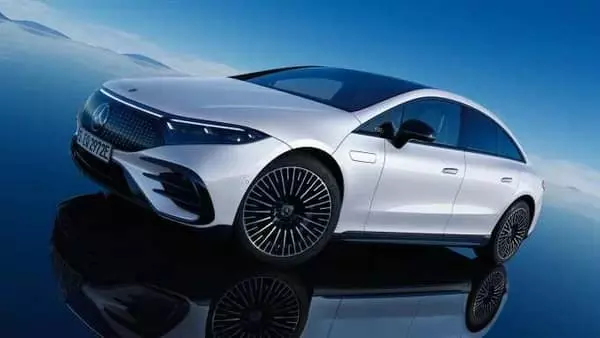
How Mercedes Benz got its name, CEO shares story in social media clip
He said that the car company was initially named Daimler when it was founded in 1886 by Gottlieb Daimler

Mercedes-Benz is a dream car that many aspire to own one day and it has become an iconic brand over the years. Brands like Mercedes have fascinating stories behind them but most of the people aren’t aware of them.
A viral social media clip recently shed light on how Mercedes-Benz received its name. Speaking to American lawyer and businessman David Rubenstein, Mercedes-Benz CEO Sten Ola Kallenius disclosed how the famous brand got its name. He said that the car company was initially named Daimler when it was founded in 1886 by Gottlieb Daimler. At that time, Daimler's chief engineer was Wilhelm Maybach.
Designed for racing
In 1901, Austrian industrialist Emil Jellinek commissioned Daimler and Maybach to design an engine for racing purposes. Jellinek wanted to win in a race in Nice, France.
Daimler and Maybach did actually fulfil Jellinek's desire; they gave him a vehicle with a powerful engine. Jellinek emerged victorious in the race and put forth a condition: the car had to be named after his daughter, ‘Mercedes’.
Daimler liked the name and decided to baptise the car as ‘Mercedes’, though it maintained its company's original name. According to Kallenius, the reason for the choice of such a name was due to its liking by Daimler himself, and it just happened to become part of the globally popular brand, Mercedes-Benz.
Registered in 1902
According to Mercedes-Benz website, ‘Mercedes’ was registered as a brand name on June 23, 1902, and legally protected on September 26.
In June 1903, Emil Jellinek obtained permission to call himself Jellinek-Mercedes in future. “This is probably the first time a father has borne the name of his daughter,” the successful businessman remarked at the time.
In 1907, Jellinek was appointed Austro-Hungarian Consul General, becoming Mexican Consul shortly afterwards. In 1909 Jellinek withdrew from the automotive business and devoted himself to his duties as head of the Austro-Hungarian consulate in Monaco. Until his death on January 21, 1918, Jellinek remained an interested observer of automotive engineering.

